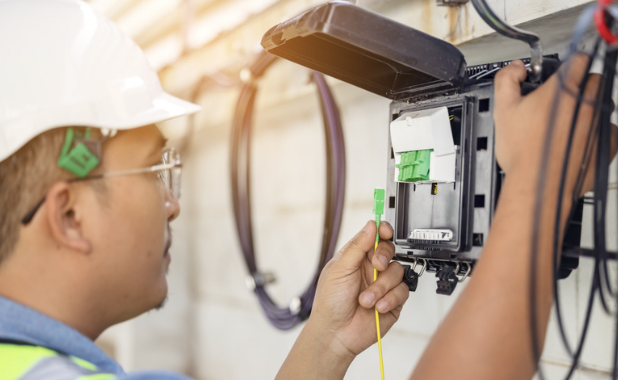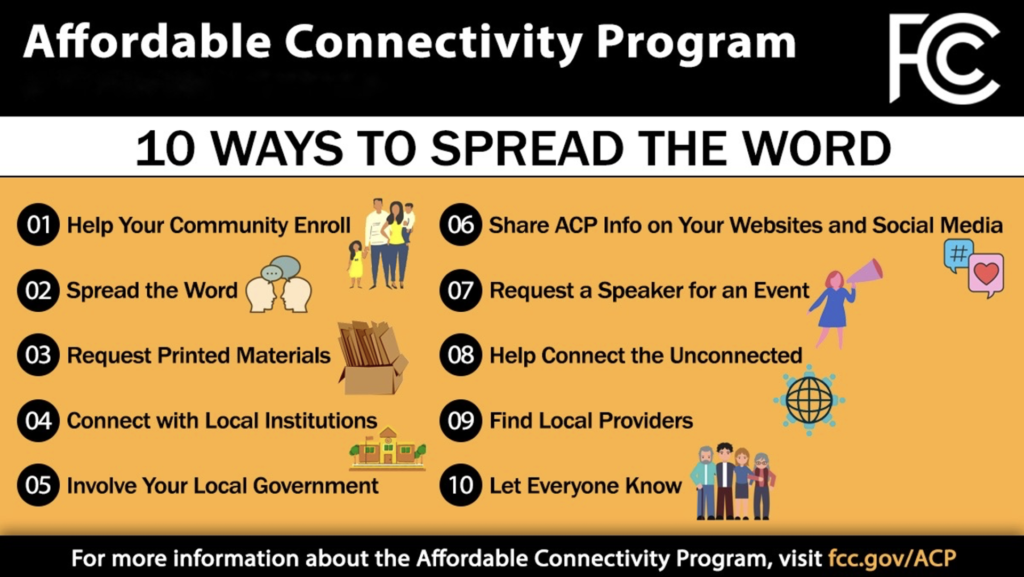Rural Americans understand better than anyone that reliable access to the internet is not just a convenience; it is a necessity. In our digital world, internet access is key for economic growth, education, healthcare, and civic participation – especially for the remote and rural areas of the country.
In recent years, members of both the public and private sectors have championed policies and initiatives to boost access to the internet in underserved areas. Through the Broadband Equity, Access, and Deployment (BEAD) Program, $42.5 billion has been allocated to expand connectivity across the nation. As it is often more expensive to build broadband infrastructure in remote areas, this funding is a game changer for rural communities. The federal dollars are being divided up amongst the states to fund projects – primarily fiber deployment, but there is another layer to building out broadband infrastructure that is equally important: workforce development.
It is anticipated that approximately 70% of broadband deployment spending will be put towards labor costs.[1] This provides profound opportunities for communities and workers across the country and creates a demand for skilled network technicians and specialists that we all must meet.

Bridging the Talent Gap
The White House expects the country’s broadband buildout to create 200,000 new jobs. Filling those roles requires a trained workforce capable of installing and maintaining new networks. However, as we deploy advanced fiber networks, the country is faced with a “talent gap” reflected in a gap between the number of open jobs available and the number of qualified applicants.
Fortunately, there has been a widespread push from both the public and private sectors to close this gap and prioritize workforce development. Businesses are offering training programs, apprenticeships, and internships to develop career pathways for these vital roles – from trained technicians and engineers to network specialists. Local and state governments are refining plans to train new employees and reskill existing workers. The importance of workforce development has been underlined in the initial proposals for BEAD program submissions. In fact, all 50 states’ initial BEAD proposals incorporate or mention workforce development.
Workforce Development Already at Play
Already, we are seeing collaborations within the telecommunications industry and partnerships with educational institutions share this knowledge and promote career opportunities.
The Telecommunication Industry Association (TIA) recently announced its new workforce portal, Broadband Nation. TIA partnered with state, industry and media partners to create a comprehensive database of information relating to the broadband workforce, new job openings, and trainings around the country. Individuals looking for training opportunities or workers with network skillsets can access the portal to learn more about the career opportunities that are available to them.
Similarly in Arkansas, Heartland Forward, a “think-and-do tank” serving states and local communities in middle America, unveiled its new Connecting the Heartland Broadband Jobs Board in June. The job board serves as a forum to connect job seekers, employers, and training providers to upskill residents and advance careers across the heartland. The board came to fruition thanks to support from Pew Charitable Trusts and through partnership with leading broadband industry employers including AT&T, Cablelynx Broadband, Cox Communications, and Ritter Communications.
Back in 2022, Corning Inc., the largest manufacturer of fiber optic cable in the U.S., and AT&T launched a Fiber Optic Training Program, where trainees receive hands-on experience from industry experts to equip them with the skills they need to enter the workforce. This program is uniquely designed to encourage the knowledge and skills to cascade throughout the industry by setting up graduates of the program to train others, as part of a larger initiative to upskill thousands of American workers. The training is preparing recruits to fill much-needed roles at carriers, construction providers, and broadband companies.
That same curriculum is now being used at technical colleges as well. The Louisiana Community and Technical College System (LCTCS) is just one educational institution that utilizes Corning’s curriculum to offer training courses that prepare students for jobs building, maintaining, and repairing broadband networks.
Why Does it Matter for Rural America?
The BEAD program’s investment in rural broadband presents a unique opportunity for workforce development that can lead to sustainable economic prosperity in these communities.
Broadband deployment and job creation work hand in hand. As BEAD money is earmarked for connecting underserved areas, new jobs are being added to the pipeline in those same communities.
By investing in people alongside technology, we pave the way for a brighter more inclusive tomorrow, for everyone, regardless of where live.
[1] Fiber Broadband Association, 2023 Fiber Deployment Cost Study










